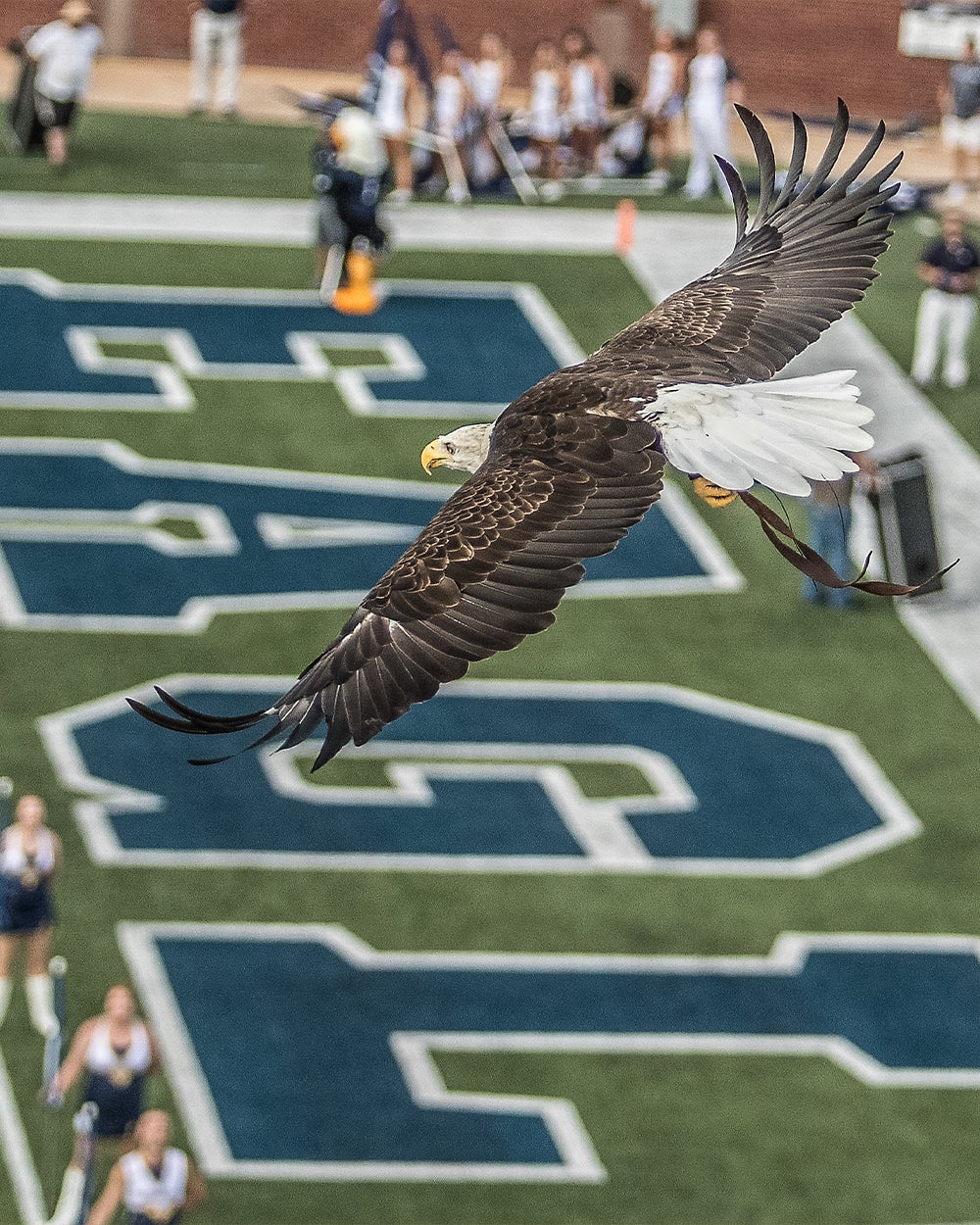Georgia Southern professor makes strides in cancer drug research, strengthens GS’s international collaboration in South Korea
Assistant Professor of Biochemistry Mark Vincent Dela Cerna, Ph.D., recently had the experience of a lifetime when he was invited to visit the Korea Basic Science Institute (KBSI) in Ochang, South Korea!
Dela Cerna’s trip was supported through KBSI’s “Visiting Scientist Program.” While there, he not only had the chance to highlight Georgia Southern’s research enterprise overseas and strengthen international collaboration, but he also conducted research using the most powerful tools currently available in his field.

Dela Cerna is a structural biologist by trade and is interested in, among other things, studying how proteins work in the body to discover new drugs to treat disease and illness. To do this, he uses a technique called nuclear magnetic resonance (NMR) spectroscopy.
In layman’s terms, NMR spectroscopy analyzes the structure and movement of proteins by observing how their atomic nuclei interact with a magnetic field. A stronger magnetic field means better, more insightful data. It just so happens that KBSI possesses a 1.2 GHz NMR magnet, one of only three in the world and the strongest currently available.
Dela Cerna is conducting research using NMR. Funded by the National Institutes of Health, the work focuses on identifying molecules that can deter the growth of PRL-3, a protein commonly overexpressed in metastatic cancers.
While the research is still in its preliminary stages, there is optimism that NMR spectroscopy will help find molecules that can eventually be turned into drugs to treat cancer.
“We have a new hit that we confirmed in Korea,” he said. He added the next step would involve discovering more about the specifics of the interaction.
“The first question is, do they interact? Then, it becomes a question of how they interact,” Dela Cerna said. “Because if we want to improve the drug down the line, we would like to know precisely how the two molecules interact to change and improve them.”
In addition to conducting research, Dela Cerna took advantage of the opportunity to be an ambassador for Georgia Southern. He was invited to talk to KBSI’s Department of Structural Biology, where he spoke about his research and met fellow researchers who are engaged in similar work and interested in collaboration. His host, Donghan Lee, Ph.D., who was Dela Cerna’s mentor at the University of Louisville, also expressed a desire to partner with the University.
He remarked that he was pleasantly surprised by the Institute’s amenability to partnership.
“One of the things that I really liked about KBSI was that they had different departments with different instruments, but they were very open,” Dela Cerna said.
“Everyone I met said, if you need to use any of my equipment, just email me. Seeing some folks with access to the most powerful instruments be so open and gracious was very nice.”
Dela Cerna also noted the importance of international collaboration.
“I agree with Dr. Weindorf (Vice President for Research & Economic Development) that international collaborations are essential,” he said. “Not just because we increase visibility for the University but also because we bring a diverse perspective, both scientifically and culturally, back to Georgia Southern.”
Dela Cerna added that despite their difference in size, Georgia Southern and KBSI’s relationship is mutually beneficial.
“Everyone was willing to listen, and at no point did I feel like they were big and I was small,” he said.” I think there’s a dual impact there. I was talking to some of the master’s students at the Institute, and they thought it was cool that undergrads could work in a research lab that collaborates internationally.”
While Dela Cerna wishes he had brought more samples to test at the Institute, he believes he has enough for himself and his students to move the project forward.
“We’re going to be very busy next semester,” he said.
Last updated: 2/17/2025


